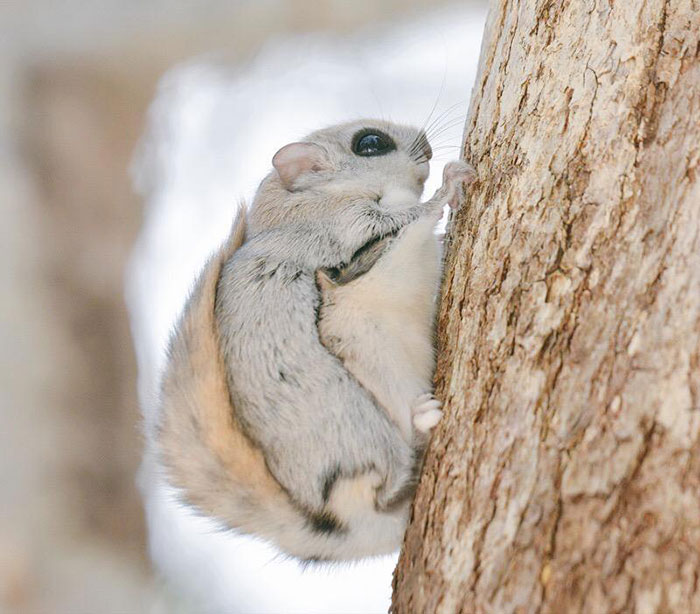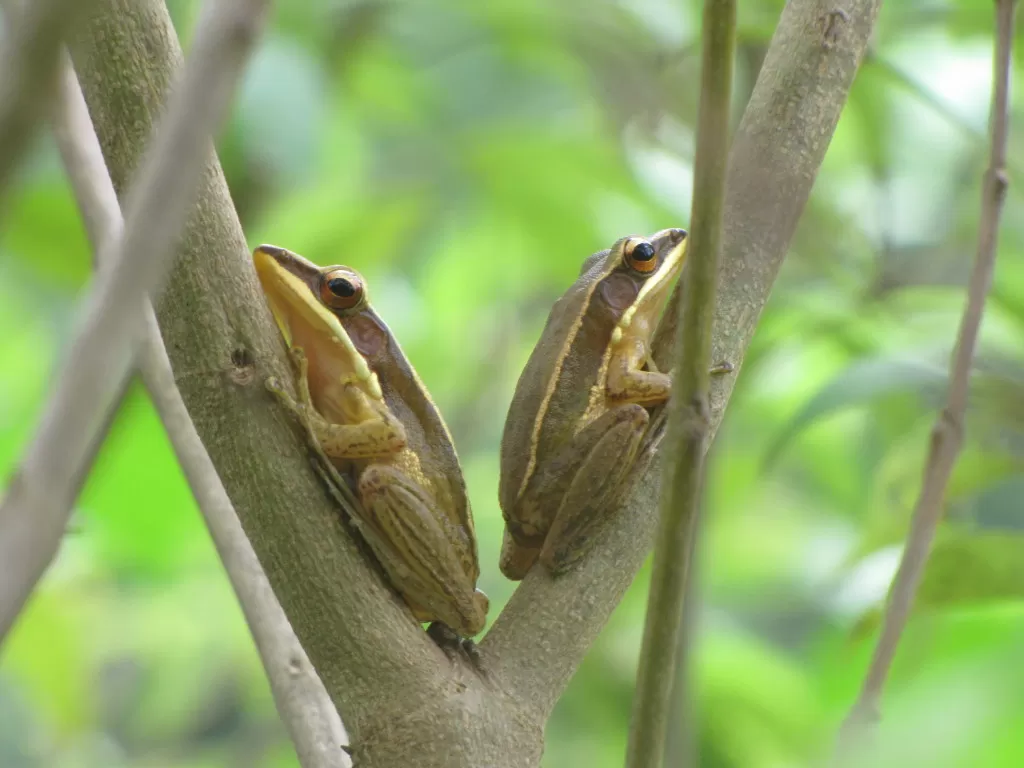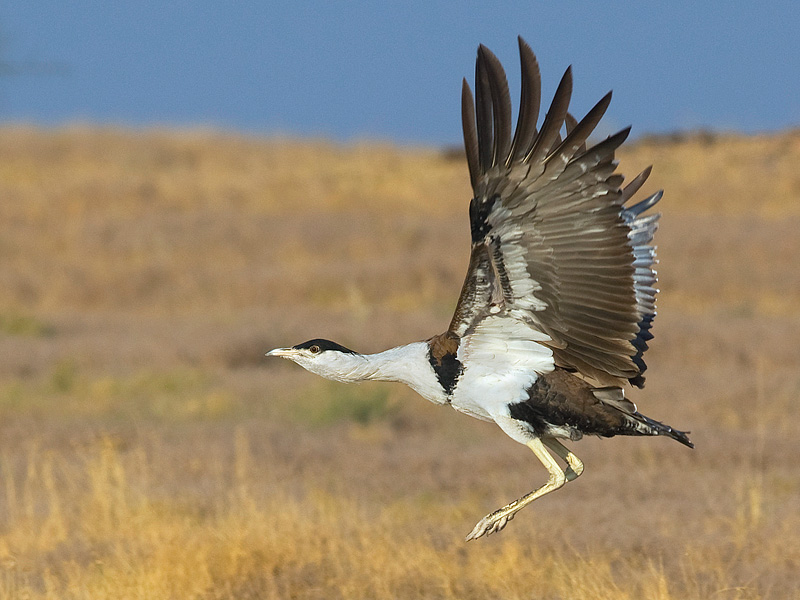There are a lot of species around the world that are nearing extinction with each passing day. While the Dodo and the Great Auk have already become extinct, the Javan Rhinoceros and the Vaquita are close to becoming extinct any day. Various species of animals are dying out not because of the lack of adaptability but mainly because of pollution and human activities. While hunting and poaching have aggravated the process of endangering a specie or species, deforestation and clearing away of forest lands for new settlements have also added fuel to the fire. Natural and geographical processes have also contributed in this process of extinction but in the past. Currently, the human activities and pollution are the ones causing the most harm to these delicate species which are almost on the verge of dying out.
The sad part about this entire scenario is that we do know some of the species that have become extinct, but hardly any of the common man knows which animals are currently facing the danger of extinction! Just as it is the responsibility of the people and organizations to take care of these endangered species, it is also our duty to make sure that we know which animals we need to protect. Did you know that India itself houses at least 5 different species that are currently facing the danger of becoming extinct?
Let’s take a look at them:

When Gharials run into danger: Every Indian native has heard this name at least once in their lives. Known for its fierce appearance, this crocodile, however, only eats fish! They are mainly found in the Chambal River. Currently, it is believed that are only about 235 of these fascinating creatures that still prowl the waters of the earth, mostly in the northern part of the Indian subcontinent. For the last 70 years, their numbers have been going down rapidly, and now it faces extinction any moment. Their living habitat has been compromised with; they have been getting caught in fishing nets and their food, fishes, have also gone down in number because of pollution and human activities. Thus, they are battling to survive every day, but the conditions are such that their chances look really bleak.

Flying squirrels will probably fly no more: Found in the northeastern parts of India, this very intriguing arboreal animal today stands in the face of extinction. They belong to the species group Biswamoyopterus and its scientific name is Biswamoyopterus biswasi. There is a range called the Patkai range on whose western slope lies the Namdapha National Park. There is a particular kind of tall jungles that exist here known as the Mesua ferrea. In this jungle is found the Namdapha Flying Squirrel. Little to nothing is known about this very interesting creation. There is no population count available for these squirrels. In India, there are 4 biodiversity spots of which one lies in the Eastern Himalayas. The flying squirrel belongs to this biodiversity spot. It was back in 1981 when it was declared that this animal is “critically endangered.” Till then, these animals have been spotted but very rarely. Their natural habitat has been destroyed, even though prohibited poaching often takes place within the park areas, and hence, the Namdapha Flying Squirrel just might not let alone fly, see the face of this earth anymore!

Loss of habitat means the end for Dattatreya Night Frog: The Western Ghats are a huge area to be covered. Karnataka falls within this geographical division of India. In Karnataka, there is a district called Chikamagalur, which houses an area called Dattatreya Petta where a forest of Shola trees are found. It is this region has shown the presence of the Dattatreya Night Frog, whose scientific name is Nyctibatrachus dattatreyaensis. Though these species have been inhibiting this area for what may be a really long time now, it was only back in 2008 that its existence came to our notice. However, only another eight years later, it stands in the face of extinction. There are three reasons, which can be cited as the cause for its extinction- first and foremost the forest regions abound in medicinal herbs, which are constantly uprooted for their medicinal properties. There are a lot of tourists piling about in this area thanks to ecotourism being conducted in these parts, and last but not the least, the waters of the Manikyadhara Falls happen to be endangered. All of these factors have resulted in critically endangering the Dattatreya Night Frog.

And the Great Indian Bustard slowly disappears…: In the desert regions of Rajasthan there was, once a huge number of birds of what is today known as the Great Indian Bustard. This bird looks much like an ostrich and happens to be one of the heaviest in the world that can fly. The natural habitat suited for a blackbuck was often found to be same for this bird. However, after increased irrigation in the area, poaching for its meat and other deplorable human activities, this bird today has been reduced to only 250 in number, according to a survey done in 2011. It is already enlisted as critically endangered, but if nothing effective is done, they will die out really fast.

No more swimming for the Wayanad Mahseer: This is a critically endangered species of fish which is found mainly in Kerala, South India. The Wayanad region of this state shows the presence of this species and hence the name. Their number have gone down drastically mainly because of fishing and the illegal hunting that goes on around in these areas. According to a 2003 survey, it still remains a critically endangered species.
Thus, we can clearly see that human activities have caused much harm to some of the most precious animals that this subcontinent has seen. Though they may not be known well internationally and thus have a little fame, there isn’t much scope for them to claim their right for life as well! We can only hope and pray that the reservation schemes that are in place now can help in saving these rare but precious species.

